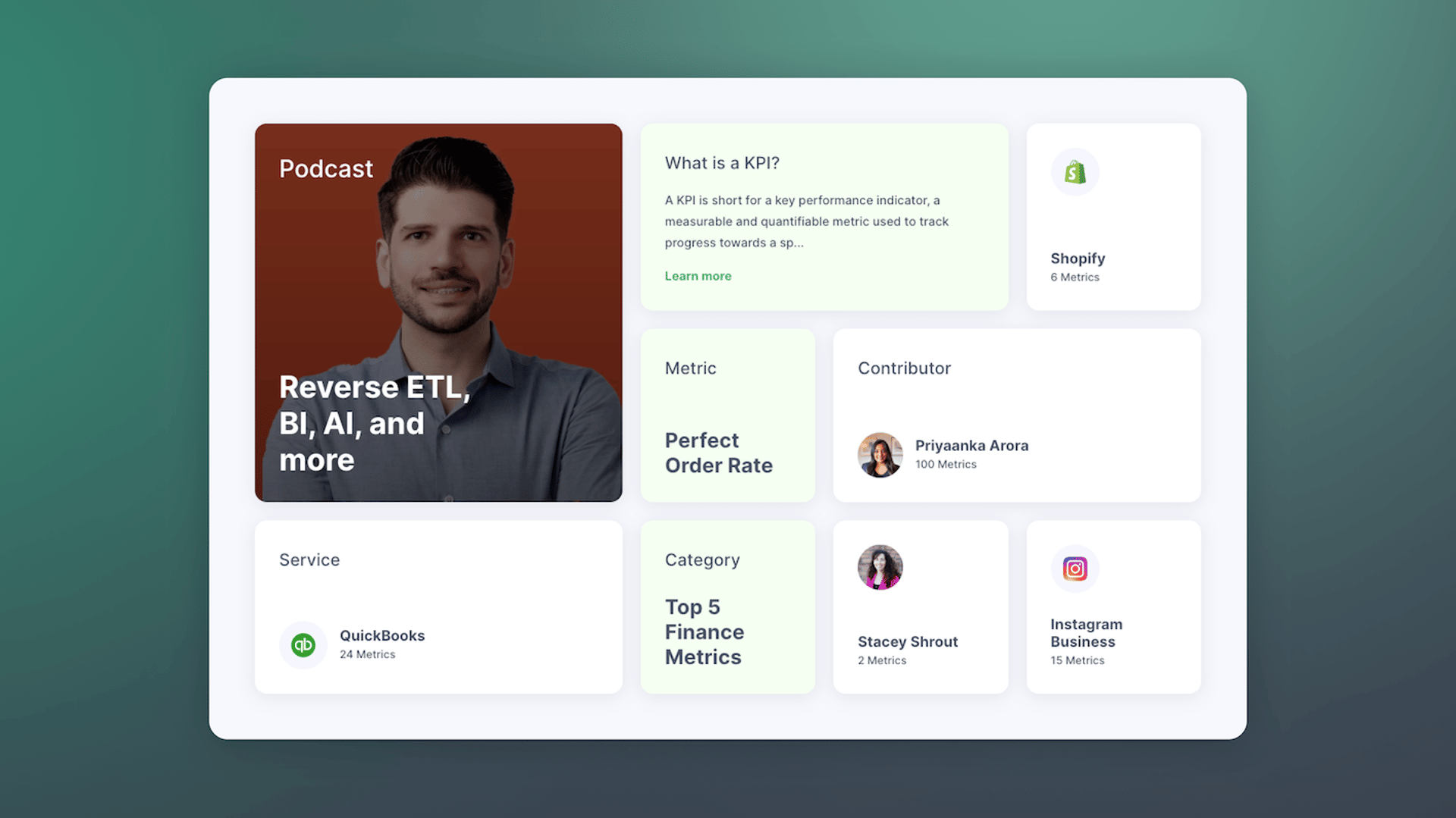What are the best venture capital blogs?

Published 2025-04-15
Summary - A collection of the top VCs to follow online to keep up with the latest views to help your startup succeed with the right mindset.
It’s difficult to overstate the role venture capital (VC) plays in the software as a service (SAAS) industry. Since the beginning of 2016, 4,513 investors have backed a SaaS company, according to the PitchBook Platform, with deals totaling nearly $30.4 billion. The plurality of that capital (36.8%) has gone to Series B rounds, followed by 21.7% and 14.6% for Series C and Series A financings, respectively. About a third of the 10 busiest investors are corporate VC arms of larger companies.
Clearly, seeking out VC is a useful (if not essential!) avenue for budding SaaS companies to secure investments.
But what’s the best way to get your foot in the door – or, more accurately, your company in the investment column – of top VCs?
I scoured the internet for the top VCs and sought out their online offerings. Many of the top VCs have great content marketing strategies, making it easier than ever to peek behind the curtain of the world’s top VCs.
If you are a first time entrepreneur, I strongly recommend reading these articles so you can understand more about VCs’ thoughts and expectations – before you make your first pitch.
Why follow the top VCs online?
Collecting crumbs that line the road to a successful funding round is a huge benefit of following the top VCs. But it’s worth your time even if you’re not looking to secure an investment.
Many of the blogs hold indispensable advice for founders (and others!) on networking, team building, and identifying your top customers.
Who were the top VCs in 2016?
Before we get to the content, it’s worth pausing to make note of the top VCs in the SaaS industry.
Below are the top 10 most active VC investors, ranked by deal counts in the SaaS industry since the beginning of 2016, according to Pitchbook.com. (Note: These numbers don’t include accelerator rounds).
1. New Enterprise Associates (42)
2. 500 Startups (38)
3. Accel (35)
4. Bessemer Venture Partners (34)
5. Salesforce Ventures (31)
6. Intel Capital (28)
7. Battery Ventures (26)
T-8. Index Ventures (25)
T-8. GV (25)
T-8. Andreessen Horowitz (25)
OK – let’s dive in!
The best VCs to follow online
500
The manifesto on 500’s website says it all: “Since our inception, we’ve made it our mission to find and empower talented founders, whether they’re across the world or overlooked in our own backyard.”
It’s not surprising that 500 has a robust content offering to boot.
Looking to secure funding from a VC? Start with “The 7 (Pitching) Habits of Highly Effective Founders”. You’ll learn about the importance of pitching to the right investors, how to “pitch with purpose” and the importance of storytelling in pitching your big idea.
But 500’s content goes beyond narrow advice about securing funding to more or less everything that goes into building a successful startup.
“19 content marketing ideas that aren’t blog posts” helps founders broaden their content strategy beyond the narrow strategy of writing 600 words on a subject then tossing it up on your website. Almost everything – from conferences you organize to online courses you offer – can help boost your content marketing efforts.
“I encourage you to think about all the ways content plays a role in your lead generation and nurture,” writes Susan Su. “It’s everywhere, if you only look.”
500’s blog is also a great source for following news in the VC industry. Posts like “The Artist Formerly Known As Accelerator” track important changes to how VCs are going about their funding rounds.
Pay attention – a change at 500 might be the first swell towards bigger waves in the VC industry.
Andreessen Horowitz
Looking to stay on top of – or even start learning about – how venture capital performance actually works?
Follow Andreessen Horowitz.
“When Is a ‘Mark’ Not a Mark?” shows you why. Scott Kupor picks apart a story in the Wall Street Journal, helping to explain the difference between “marks” and “returns” in the venture capital world. Even Kupor acknowledges how “arcane and obtuse venture capital valuations can be,” so it’s worth following the Andreessen Horowitz blog on a regular basis.
Elsewhere Kupor delves into “How Startup Options (and Ownership) works”. Many employees of startups fail to understand their startup options plans when the company explains them at the beginning. Kupor shows how concepts like dilution, financing history and liquidation preferences all contribute to the fluidity of startup ownership.
The Andreesen Horowitz content is more than just a standard blog. A 25-minute video featuring 16z partner Peter Levine traces “The End of Cloud Computing”.
Bessemer Venture Partners
Charting the latest technological changes are at the heart of the Bessemer Venture Partners blog. This 64-page report looks into advancements in the cloud industry, while also charting areas that continue to lag behind. (The blog also offers a useful summary for those who can’t go through the whole PDF.)
As a bonus, the blog posts often give a useful peek behind areas where Bessemer is expressing – or has already expressed – interest.
Example: Adam Fisher’s post on “Opportunities in Autonomous Machines and Services”, which explains why the lag in sensor technology advancement is preventing fully-autonomous vehicles from hitting the market. Fisher goes in-depth on Oryx, a company in which Bessemer made an early investment, explaining why they believe the company is soon going to be the “premier sensor vendor in the autonomous automotive space”.
Another post, written by Byron Deeter and Anna Khan, shows how B2B infrastructure advancements are powering B2C innovation.
First Round Review
First Round Review goes beyond the specifics of financing and funding rounds to help founders develop into builders.
Blog posts extolling the virtues of networking are rampant across the internet. What’s less common is a step-by-step explanation of how you can actually network.
“How to Become Insanely Well-Connected” takes readers through the best tips and tricks for engaging the people you need to meet, keeping the conversation going and knowing when to move on from a contact who isn’t responding.
“The 30 Best Pieces of Advice for Entrepreneurs in 2016” is an encyclopedic look at how founders can approach everything from hiring to beating burnout.
Another post introduces us to Julie Supan, the woman who developed branding for Airbnb, Dropbox and Thumbtack. The big takeaway? Market to someone called the “high-expectation customer”.
“The high-expectation customer, or HXC, is the most discerning person within your target demographic. It’s someone who will acknowledge—and enjoy—your product or service for its greatest benefit,” says Supan.
Georgian Partners
The rise of “conversational business” takes centre stage at Georgian Partners, where Jason Brenier charts the growing influence of messaging apps. Brenier shows how platforms such as WeChat and WhatsApp are increasingly displacing email, phone calls and face-to-face communication in facilitating interaction between consumers and business.
Georgian Partners also features a robust podcast that tackles everything from the future of Machine Learning to artificial intelligence in the workplace.
Tomasz Tunguz
All things software are fodder for Tomasz Tunguz, a venture capitalist at Redpoint. He uses Cisco’s acquisition of AppDynamic from earlier this year to chart the state of the mergers and acquisitions (M&A) environment in 2017.
Elsewhere he predicts that the next big development in the software industry will be the shift from SaaS as a displacer to a disruptor. As it stands now, most of the revenue in the industry is centred around displacing older tools with their SaaS equivalent counterparts – a customer relationship management tool, say, or even traditional pen and paper. In the future, though, SaaS systems will take companies places they couldn’t have considered before.
“The next shift in SaaS will see startups leverage their workflow roots into disrupting systems of record by changing the buying process,” writes Tunguz. “The data they will aggregate from this usage will provide unique insight that preceding systems of record cannot furnish.”
If you’re looking to secure funding, you’ll want to check out “The Software Startup Sectors Raising The Most Capital in 2017” to see where the money is going. Hint: AdTech, Machine Learning and Big Data are worth paying attention to.
Sequoia Capital
Sequoia Capital gives founders an essential peek behind the curtain at the sort of companies (and people) that jump off the page).
Sequoia will mine pretty much anything for content. And it usually pays off in results. In “Five Points of Leadership”, Sequoia sums up the comments General Stanley McChrystal made at one of their events.
McChrystal, who commanded the Joint Special Operations Command for five years during the Persian Gulf Wars, offered five key lessons for founders from his military career.
This post takes readers behind a company that Sequoia invested in early on then saw through to their acquisition by Cisco – with five key lessons for founders along the way.
“Okta IPO: Two founders we identify with” paints a portrait of the sorts of personalities VCs identify with: “The creative spirits. The underdogs. The resolute. The determined. The outsiders. The defiant. The independent thinkers. The fighters and the true believers.”
Fred Wilson
Fred Wilson writes for his blog every day. The subject? Venture capital, in all its forms. Wilson blogs about everything from the simple – “Best Seed Pitch Ever” – to the complex – “Convertible and SAFE notes”.
It’s a regular must-read for staying on top of trends in the VC industry.
Mark Suster
Mark Suster of Upfront Ventures doesn’t shy away from the world of politics. In fact he jumps into it headlong.
But Suster goes beyond diatribes about the state of United States politics to engage in a discussion about how VCs and tech companies fit into the current political climate.
In one item he weighs in on how teach leaders should approach the intersection of politics and tech in the age of Donald Trump. In another he takes to task those tech leaders who would look the other way in the face of political injustice.
It’s more than just politics, though. Suster also annotates some of his travellings from around the tech world, including this item on why machine learning and artificial intelligence will make many people’s skills obsolete over the next few decades.
YCombinator
YCombinator takes the long-view on startup strategy.
Example: All startups want to grow, writes Sam Altman, but they shouldn’t want to do so at the expense of building a loyal and satisfied customer base. Elsewhere, Anu Hariharan pulls seven lessons for startup growth from WeChat’s example.
Ali Rowghani tackles what CEOs can – and can’t – delegate on the road to startup growth.
Bringing it all together
The content VCs produce is invaluable for everyone from first-time founders to seasoned CEOs. Follow these blogs and you’ll go a long way towards building the skills and experience you need to reach the top of your game.
Do you have a VC blog or content offering that you follow on a regular basis and would recommend to others? Let us know in the comments!
Photo by Daniel Hjalmarsson on Unsplash
Related Articles

2025 BI and Analytics Trends for Small and Mid-Sized Businesses
By Allan Wille, Co-Founder — December 18th, 2024
Promoting data literacy with metrichq.org and the power of AI
By Allan Wille, Co-Founder — October 12th, 2023
Let’s fix analytics so we can stop asking you for dashboards
By Cathrin Schneider — September 11th, 2023

